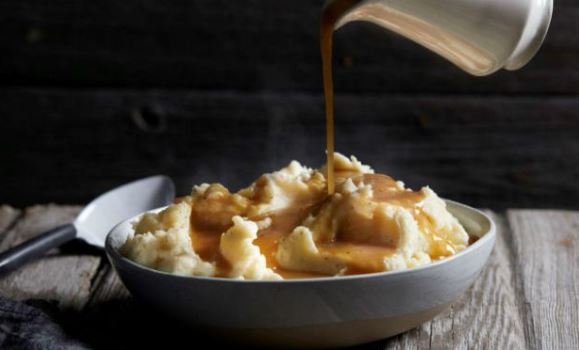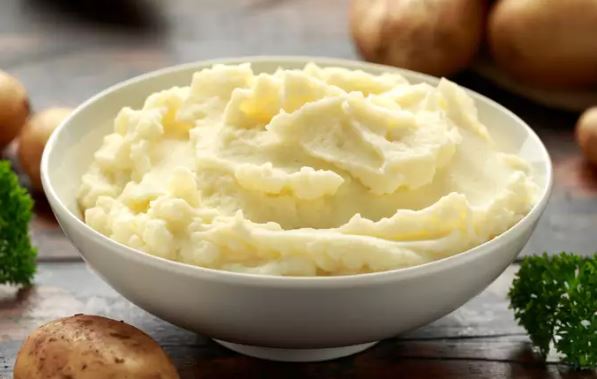Lifestyle
5 tips for making perfectly fluffy mashed potatoes

A big bowl of creamy, carby mashed potato is the quintessential nostalgic side dish that usually accompanies roasts, stews and bangers, plus forms the base for favourites like gnocchi.
This comfort dish is often an unsung hero on many dinner tables, and like most ‘simple and straightforward’ potato dishes, mashed potato is easy to make but also just as easy to mess up.
We’re sharing a few handy tips that really make a difference!
1. Avoid using waxy potatoes
Always use starchy, floury potatoes like Caren, Darius or Avalanche for your mash, as waxy potatoes don’t break down enough to create an enjoyable texture and won’t readily absorb the cream, milk or butter that you’ll add at the end.
2. Keep the skins on when cooking
You need to trap the starches in the potato – the best way of doing this is to keep the skin on as a barrier while cooking. If you’re boiling instead of baking, add the potatoes to cold, salted water then start the heat so that they cook evenly all the way through. If you put them straight into boiling water, the outside will cook much quicker than the inside. Keep them whole to limit the surface area that has contact with water, as watery potatoes result in a dense, soggy mash. Once they’re cooked and tender, drain the potatoes and return them to the pot. Cook for a minute or two (also give them a few shakes) until all the moisture has evaporated.
3. Don’t leave the potatoes to cool before mashing
This is tempting to do because handling a hot potato isn’t easy (or very pleasant!), but it must be done if you’re serious about mastering your mash. Leaving potatoes to go cold after they’ve been cooked means that when you attempt to mash them, you’ll be ‘forcing’ the starch out of the cells, making the potatoes gummy.
4. Don’t over-handle the potato mixture
In other words: don’t mash the life out of them. The more potatoes are mixed, the gluier they become. This is because the starch they contain mixes with the liquid in the cooked potatoes. This will look like a gluey paste and won’t taste that great, so always try to mash them gently. Do this by hand or with a potato ricer using slow, methodical movements so that the starch molecules stay intact. To get an even smoother texture, you can pass them through a fine sieve (but, again – gently!).
5. Bring your butter and cream to room temperature
When adding butter to your potatoes, make sure that it’s not melted, because this usually means that the milk solids and fat are separated. And if you’re adding in cream, ensure it’s warm so that the warm potatoes absorb it better. Start with butter, stirring to create an emulsion, then pour in the cream bit by bit. Season with a hint of nutmeg, some salt if needed, and serve right away.









